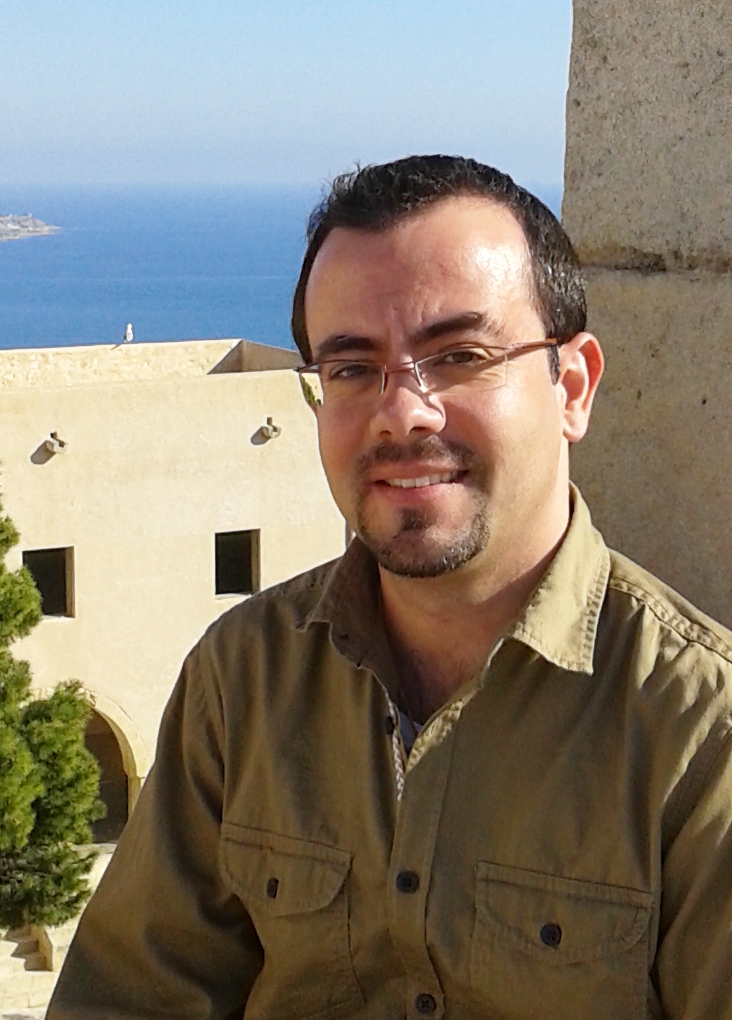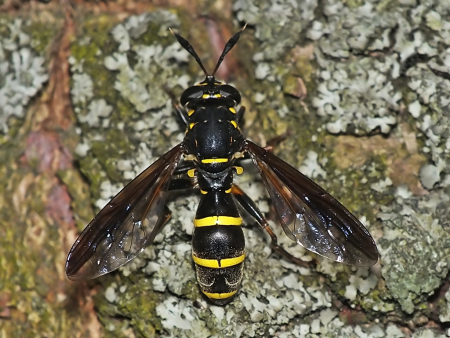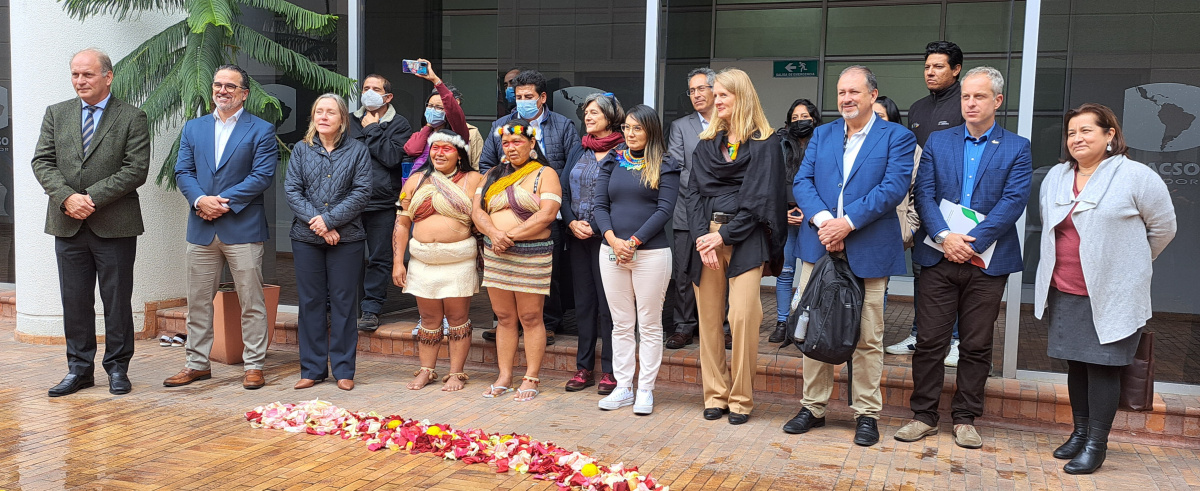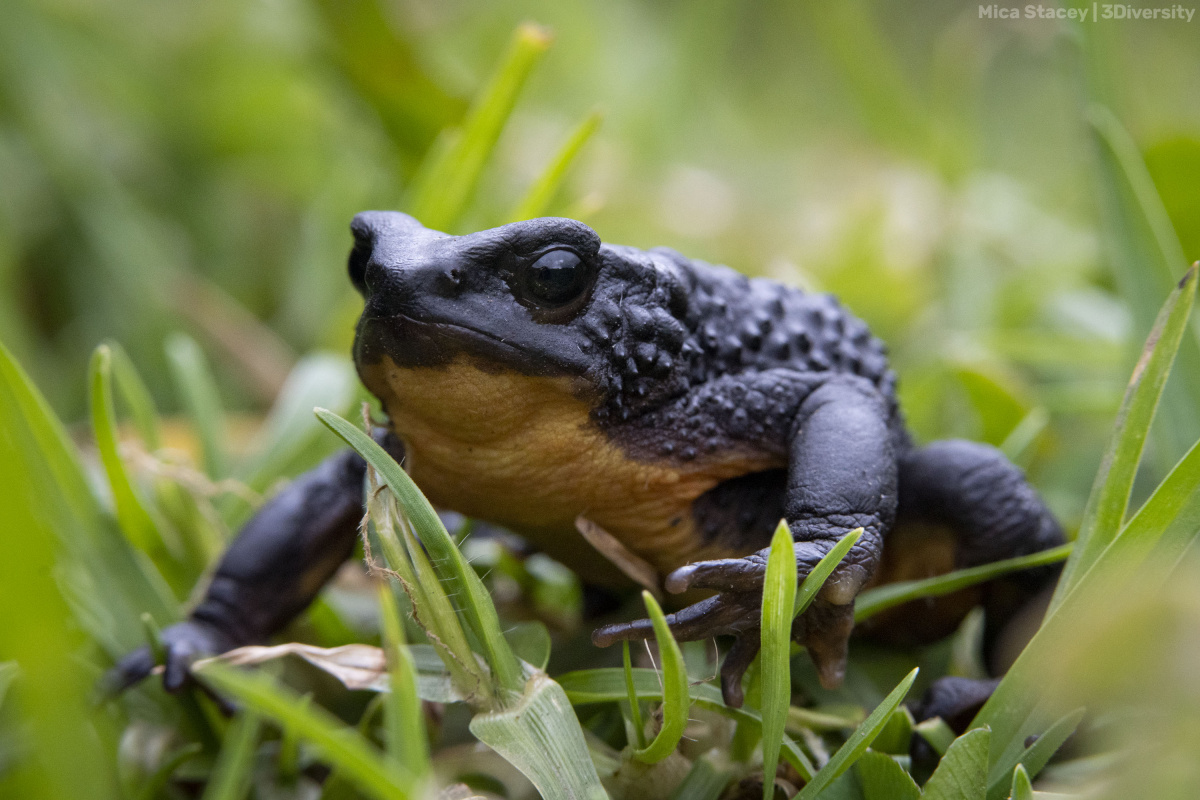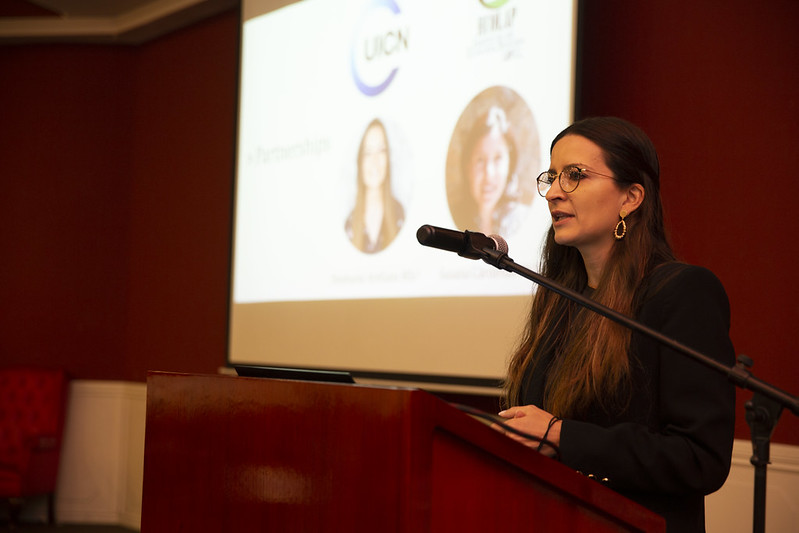Meet the Hoverflies Experts: Antonio Ricarte
This is the ninth in a series of interviews with the network of Experts involved in developing the IUCN’s European Red List (ERL) of Hoverflies. The project aims to assess the extinction risk of hoverfly species across Europe, and will contribute to guiding decisions and conservation action for these species at the European level.
In this edition of “Meet the Experts” we introduce Antonio Ricarte. Antonio is one of the many assessors dedicated to the creation of the European Red List of Hoverflies, which was published in December 2021.Antonio currently works at the CIBIO institute of the University of Alicante, in Spain as a scientific researcher. Antonio’s research mainly focuses on adult taxonomy of hoverflies, surveying hoverflies and specimen studying. But he also has wide range of insect research, which includes hoverfly conservation and diversity within Mediterranean and Neotropical ecosystems.
Antonio is also experienced in discovering new hoverfly species throughout his research. “I was amazed when I found and described the first larva of a Merodon hoverfly ever obtained from a wild bulb (Merodon luteihumerus: VU). Each time I realise I have discovered a new species to science, I experience the best of the feelings I can get doing my job. I am very happy of having described species such as Cheilosia lucense (EN) that otherwise could have got extinct without us been aware of their existence! Understanding the natural world is really interesting and is crucial for conservation of species and habitats”.
Antonio’s enthusiasm and fascination with hoverflies began early in his academic studies during university where the group of insects caught his attention. He then decided to continue his academic career and pursue a PhD as he loved Zoology and learning about animals. “There was a PhD on the hoverfly diversity and habitat conservation in Cabañeros national park, Spain. It sounded too interesting and I went for it!” Antonio has many hoverfly species that he has a passion for, but his favourite group are the Sphiximorpha species as “they look so much as a wasp, they are rare in the wild and belong to the interesting ecological guild of the saproxylic, which depend on trees and forest”.
Antonio first got involved with the IUCN through the Red List of European Hoverflies and has always been fascinated knowing the conservation status of rare species. Antonio firmly believes that the European Red List is important in providing a framework for scientific studies and reporting, “the red list can act as an indicator itself and the mere presence of listed species in a site may lead to the conservation of this site or at least for the authorities to be aware of the importance of the site”.
He also feels privileged as an entomologist “because our insect group of expertise, the hoverflies, is one of the few having a red list in Europe”.
However, like many professionals involved in insect community, he has concerns for the future and the global status of hoverflies especially the possibility of the unpredictable consequences of the global change in the biodiversity”. He is also concerned about the decrease in professionals in the community, the “extinction of professional taxonomists who lead research and generate basic knowledge for all other disciplines to progress and benefit from”.
Antonio believes it is imperative to study and have a greater knowledge of the benefits that hoverflies do for ecology as they “pollinate, control other insect populations, contribute to the decomposition of organic materials and feed on a wide range of plants”. He also states that hoverflies have a vital ecological role regarding economic impacts as “some species are commercialised as pest control agents and other species could one day be used as weed controllers”. But most importantly he believes we need to study hoverflies as “they are part of the wonderful biodiversity of the planet Earth that deserve preservation and protection just because it is out there”. He also believes that if European citizens learn more about these pollinators, they can be an asset to their conservation. They can help by “keeping the countryside clean, avoiding pollution and, in summary, respecting their urban and natural environments, and teaching their children in the same practices”.
Antonio is hopeful for the future of European hoverflies as Europe has the “highest level of knowledge of this insect group”. There are a number of conservation tools that allows experts to use hoverflies as indicators for habitat integrity, these include database of European Syrphidae and Syrph the Net. European citizens have higher amounts of information about the natural environment and Antonio thinks that “governments are learning slowly but clearly to pay attention to pollinators, nature conservation and sustainability. The current syrphidologist community in Europe is relatively small and heterogeneous, but very enthusiastic and able to do important things such as the Hoverfly red list”.
